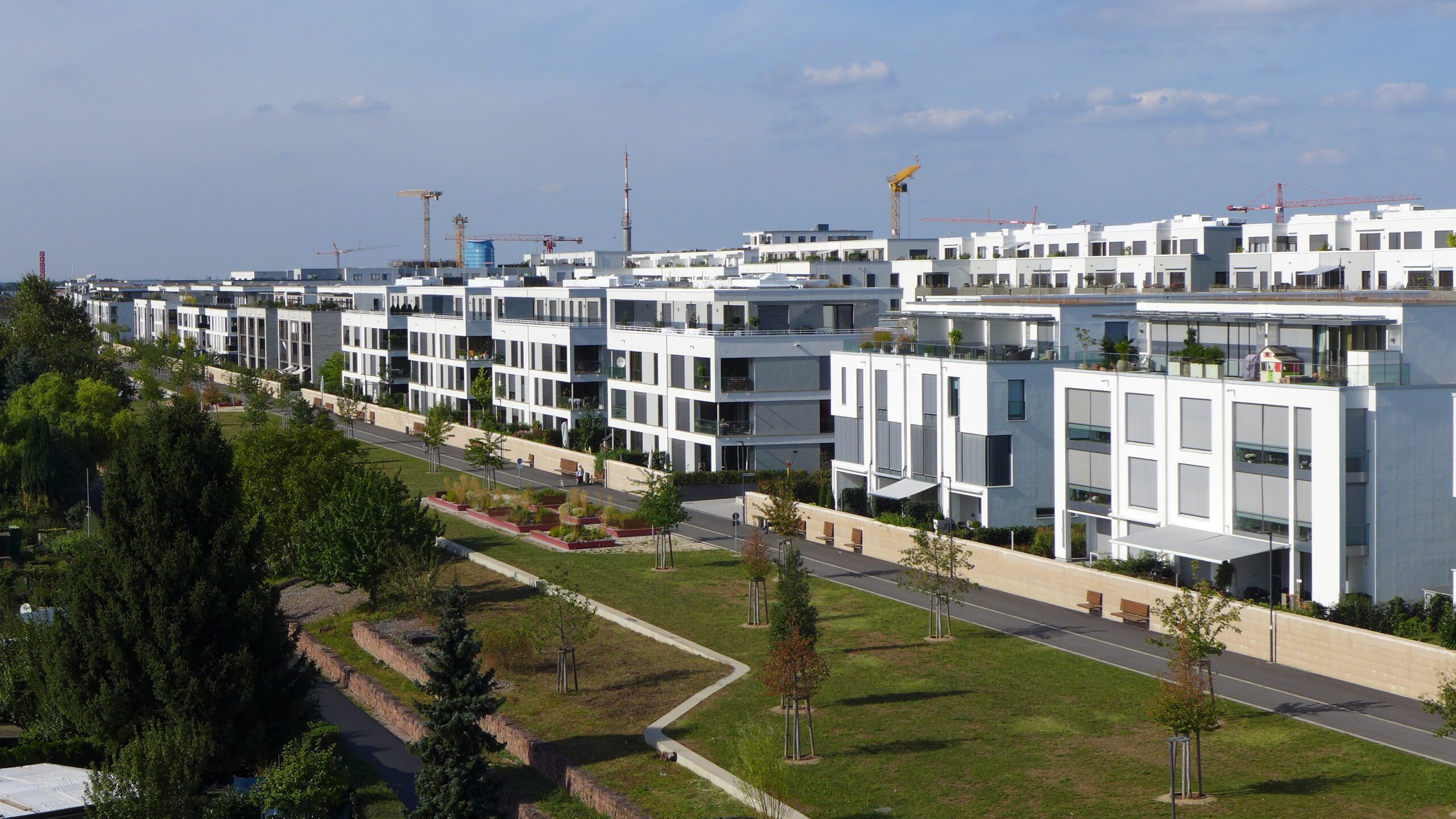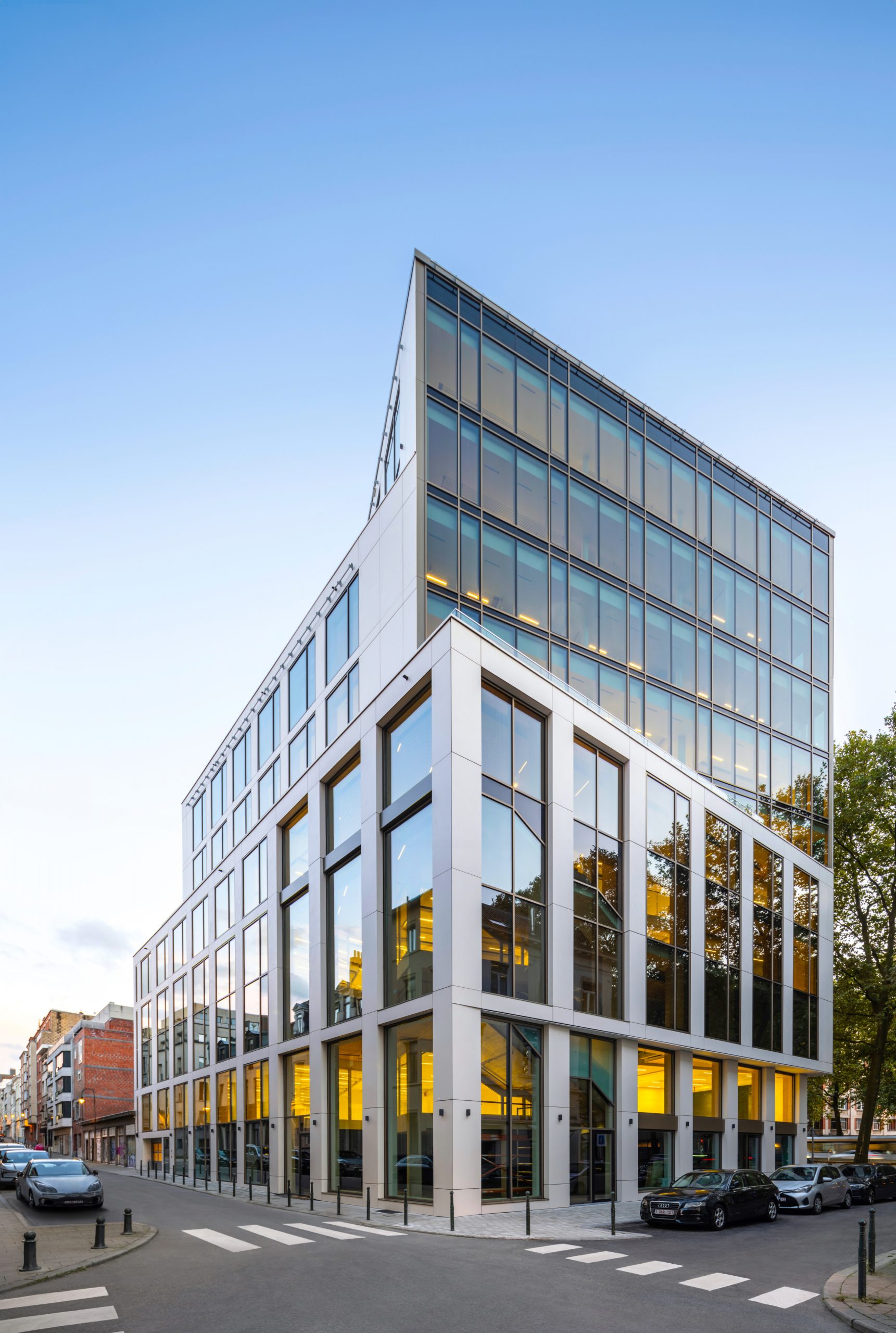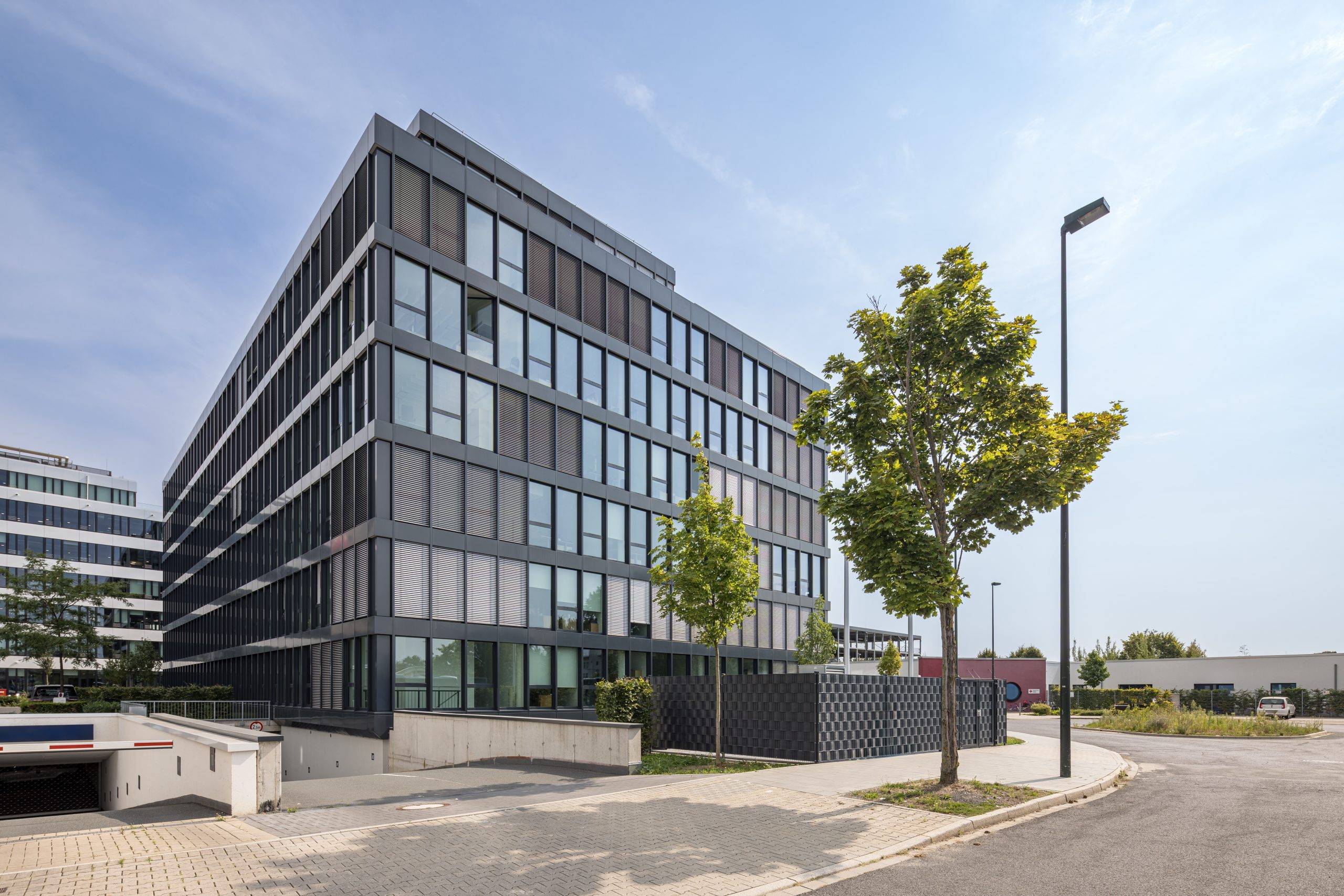German residential property can be a winner from new US tariff policy
US President Trump‘s erratic tariff policy is causing global disruption. The EU can breathe a sigh of relief for now, even if the US offer is hardly easy to swallow: the draconian tariff measures originally announced by President Trump, with tariff rates of 30%, are off the table. EU Commission President von der Leyen agreed with Trump that goods from the EU would face tariffs of ‘only’ 15%. To secure these conditions, the EU has committed to purchasing US energy (LNG liquefied natural gas, oil, nuclear fuels) worth $750 billion and making investments worth $600 billion in the US.
At first glance, the German residential property market appears unaffected by the tariffs. However, closer examination reveals the opposite could be the case. Alongside other effects – both positive and negative – German residential real estate could once again become a safe haven in turbulent economic times.
Economic slowdown could lead to further interest rate cuts
US tariffs of 15% on imports from the EU will further impact Germany’s already struggling economy. Germany, with its export-oriented economy for which the US represents the most important export market, will feel the negative consequences most acutely. The price increase for EU products will likely cause significant demand decline in the US for European products, including German ones. Some companies may even consider relocating production facilities.
The uncertainty surrounding future tariff policy alone has already impacted export volumes to the US: In May 2025, exports to the US fell 7.7% compared with the previous month. An economic slowdown in the eurozone would likely prompt the European Central Bank to further lower its key interest rate – after a pause in July – to stimulate the economy. This would in turn positively affect financing interest rates.
Lower interest rates would give property investors greater incentive to invest in real estate, not least because bonds no longer yield as much interest by comparison. Meanwhile, the German government’s paradigm shift on new borrowing and the €500 billion special fund announced in spring for the infrastructure package should stimulate the economy.
German residential property as a safe haven
Against the backdrop of ongoing economic uncertainty, international capital will likely increasingly seek safe havens. This advantages Germany and its residential property market. A recent analysis of private markets by UBS Asset Management concludes that residential property has proven the most robust asset class in a market environment characterized by geopolitical risks and new trade tariffs.
We are seeing a development similar to that in global stock markets. International institutional investors are increasingly withdrawing capital from the American property market and seeking investment opportunities in the European property market, particularly in Germany, which is perceived as one of those safe havens.
According to a survey of fund managers conducted by rating agency Scope on investment targets, US property is currently not on anyone’s shopping list, and one in six fund managers stated they intend to sell US property from their portfolios. Pension Danmark, one of Europe’s 50 largest pension funds, has even withdrawn completely from the US by 2025. At the end of 2024, 10% of its investment assets were still allocated there.
The German residential property market could clearly benefit from the redirection of capital previously invested in US real estate. According to a JLL ranking that considers market maturity, growth potential and demand criteria, the German residential property market is considered the world’s second most attractive investment market after the US. Given high demand for rental apartments, rising rents and a shortage of residential properties, especially in prime locations, the German residential property market is seen as an asset largely independent of economic cycles.
Suburban rents rising faster than in major cities
Rent indexation offers some protection against inflation. Volatility is historically low. Strategic selection of residential properties in central or well-connected locations remains important. Given the trend toward working from home, residential properties in city suburbs could also prove interesting. This is exemplified by rent developments. According to the German Economic Institute, rents rose 1.2% in the first quarter of 2025. There was divergence between metropolitan areas and surrounding areas: rents in the surrounding areas of the top seven cities rose 1.5%, higher than in the metropolitan areas (+1.1%).
Whether the US President will stick to the new customs agreement with the EU remains to be seen. For the German residential property market, tariffs on EU imports into the US create greater economic uncertainty on one hand. On the other hand, an EU economic slowdown could lead to further interest rate cuts, making property financing more attractive.
Above all, however, European and especially German residential real estate is increasingly perceived as a safe haven in uncertain times. Following Donald Trump’s initial tariff announcement in early April (‘Liberation Day‘), foreign investors showed growing interest in capital investments in the eurozone, including real estate investments.
From a long-term global economic perspective, avoiding escalation in the tariff dispute and bringing the US and EU closer together would be welcome – even without further crisis developments, conditions for continued recovery of the German property market in coming quarters are favourable.






















